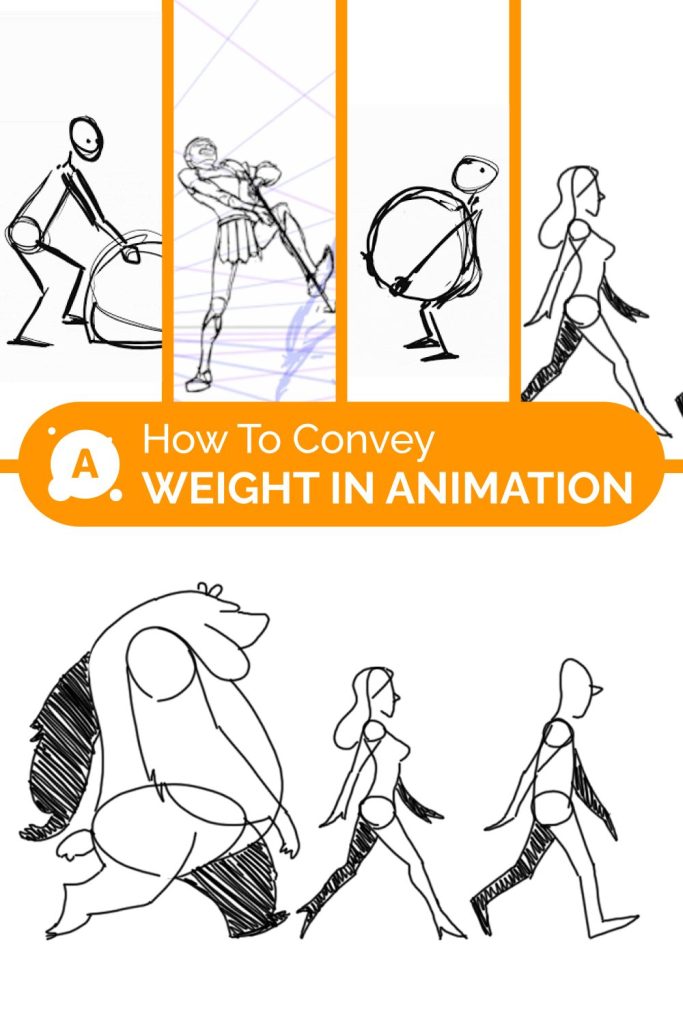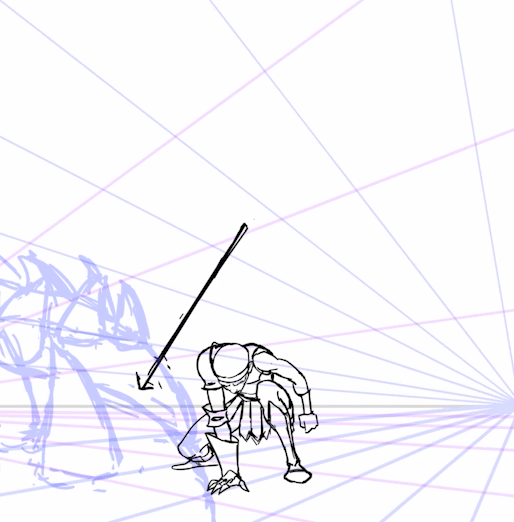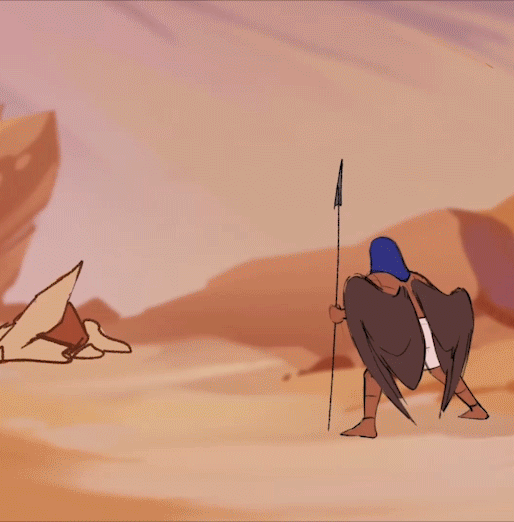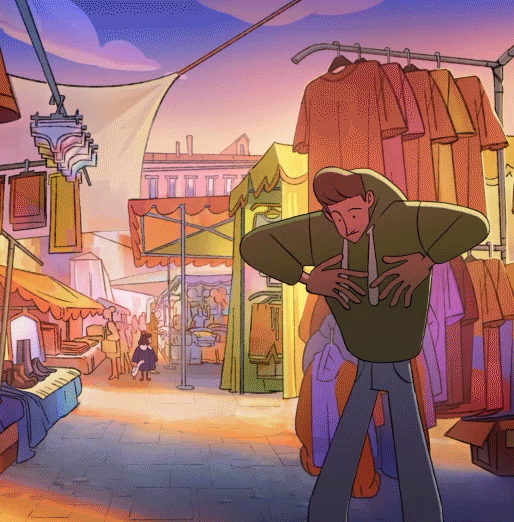Animation is the illusion of life, the process of bringing the inanimate to motion. But bringing something to life doesn’t just mean moving it from point A to point B. For the audience to believe in what’s happening on screen, it’s crucial to convey weight, mass, and the character’s interaction with the surrounding world. This is what makes movement feel natural and scenes expressive. In this article, Ksenia Inozemtseva, an animator with experience at Cartoon Saloon, Zmei, Studio Peterburg, and other studios, unveils the secrets of animating weight and explains why, without it, motion appears flat and unconvincing. Take note!
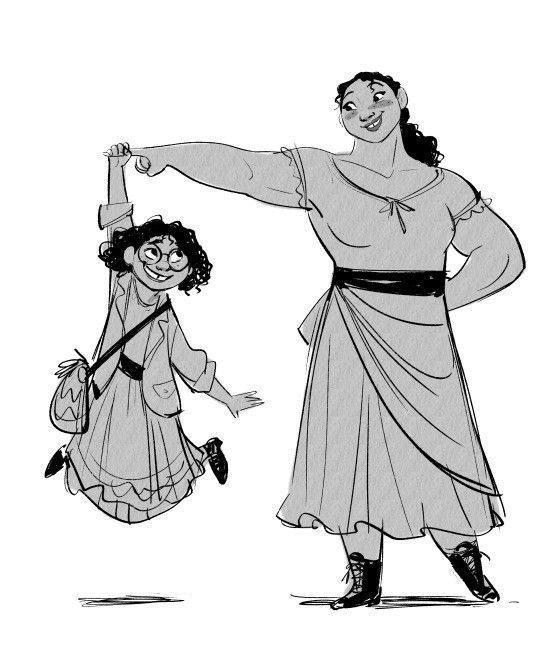
Watch the full breakdown of mastering the movement of weight in our free workshop!
The Illusion of Weight in Animation
Every animated character has a unique weight – some are graceful and light, while others are massive and heavy. However, drawings themselves have no actual mass, and it’s the animator’s job to create the illusion of weight. A perfect example of this can be seen in pantomime: actors can make the audience believe they are holding an invisible yet clearly heavy object.
«We don’t see the object, but we can feel its weight. That’s real magic!»
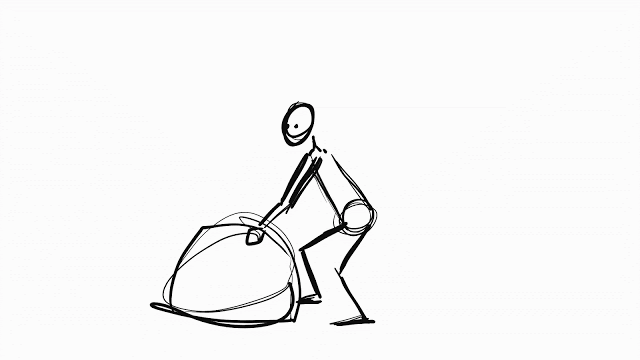
The same principle applies in animation. For the viewer to believe that a character is truly interacting with the world, factors such as gravity, inertia, resistance, and body reaction must be considered. A classic example is a character attempting to lift a heavy object. If their effort doesn’t match the expected weight, the scene instantly loses credibility.
How to Convey Weight in Animation
A character’s weight defines how they move. A light character moves quickly, their steps are springy, and their center of gravity is higher. A heavy character moves slowly, their steps sink deeper into the ground, and their torso sways. Think of an elephant and a gazelle—their gaits are completely different.
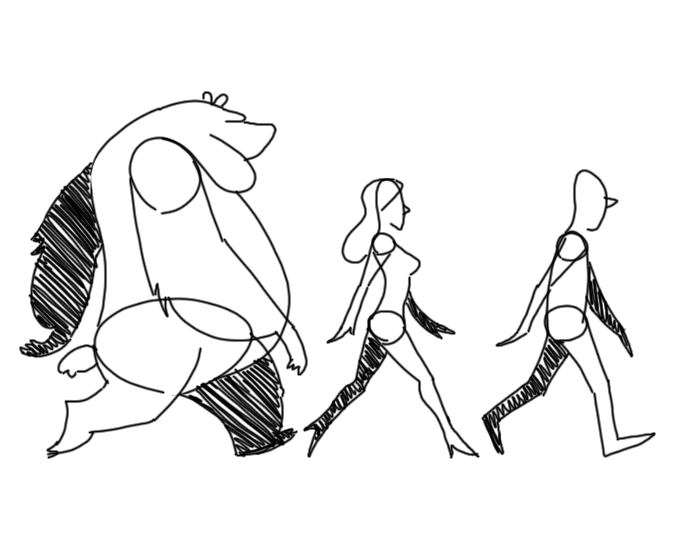
«It’s important to remember that weight affects not only a character’s walk but every movement they make. A light character quickly shifts poses, whereas a heavy one takes more time to start or stop moving.»
Ksenia emphasizes that timing plays a crucial role in conveying weight. Imagine how a balloon jumps compared to a sandbag – the first lifts off effortlessly, while the second takes time to gather momentum before crashing down. If an animator ignores these differences, a character’s movement loses its expressiveness. Weight also interacts with the environment: a light character gently lands on a seesaw, while a heavy one makes it drop sharply.
Applying These Principles in Practice
Animating weight requires constant observation of the world. Watch how different people move: a sprinter and a construction worker, a child and an adult. Each has a unique weight, which dictates their movement. It’s essential to consider the character’s balance and how they affect their surroundings. For example, a light character stays in the air longer when jumping, making their movement appear buoyant and quick. A heavy character, on the other hand, needs preparation before jumping, and their landing feels impactful, with a strong downward force.
«An animator must observe the real world. Analyze how people move, how objects respond to gravity. This experience is invaluable and helps create more realistic animation.»
A great exercise is animating a ball of different weights – imagine a light rubber ball and a heavy bowling ball. How would they bounce off the floor? These kinds of experiments help understand the difference and apply it to character animation.
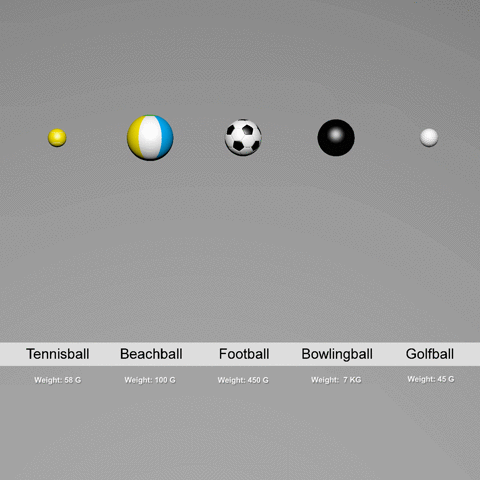
Conclusion
Weight is one of the most crucial elements that bring animation to life. Without it, characters move unnaturally, lacking a connection to their surroundings.
«The more you analyze, the better you understand how movement works. Animation is a lifelong learning process!»
Want to master the skill of animating weight? Start with simple exercises: try animating a ball with different weights and observe how it moves. Over time, understanding weight and mass will help you create convincing and expressive movement.If you want to learn how to make animation that truly feels alive, enroll in 2D animation courses at Animation Club School. Under the guidance of experienced mentors, you’ll master essential animation principles and create your first professional works!
